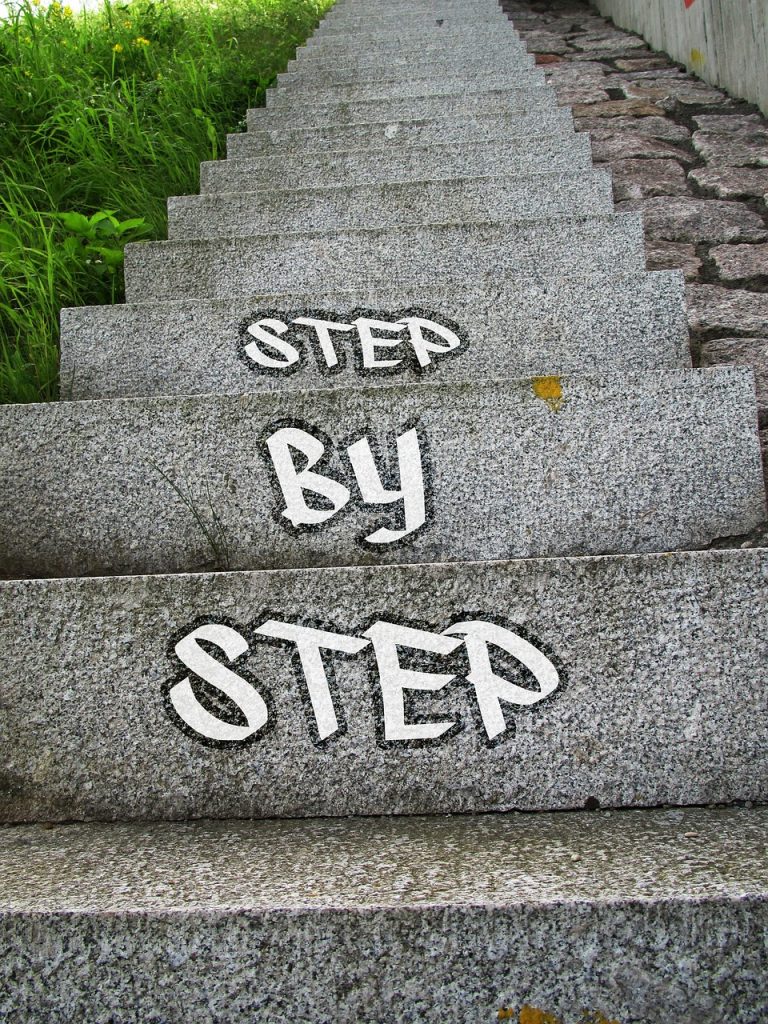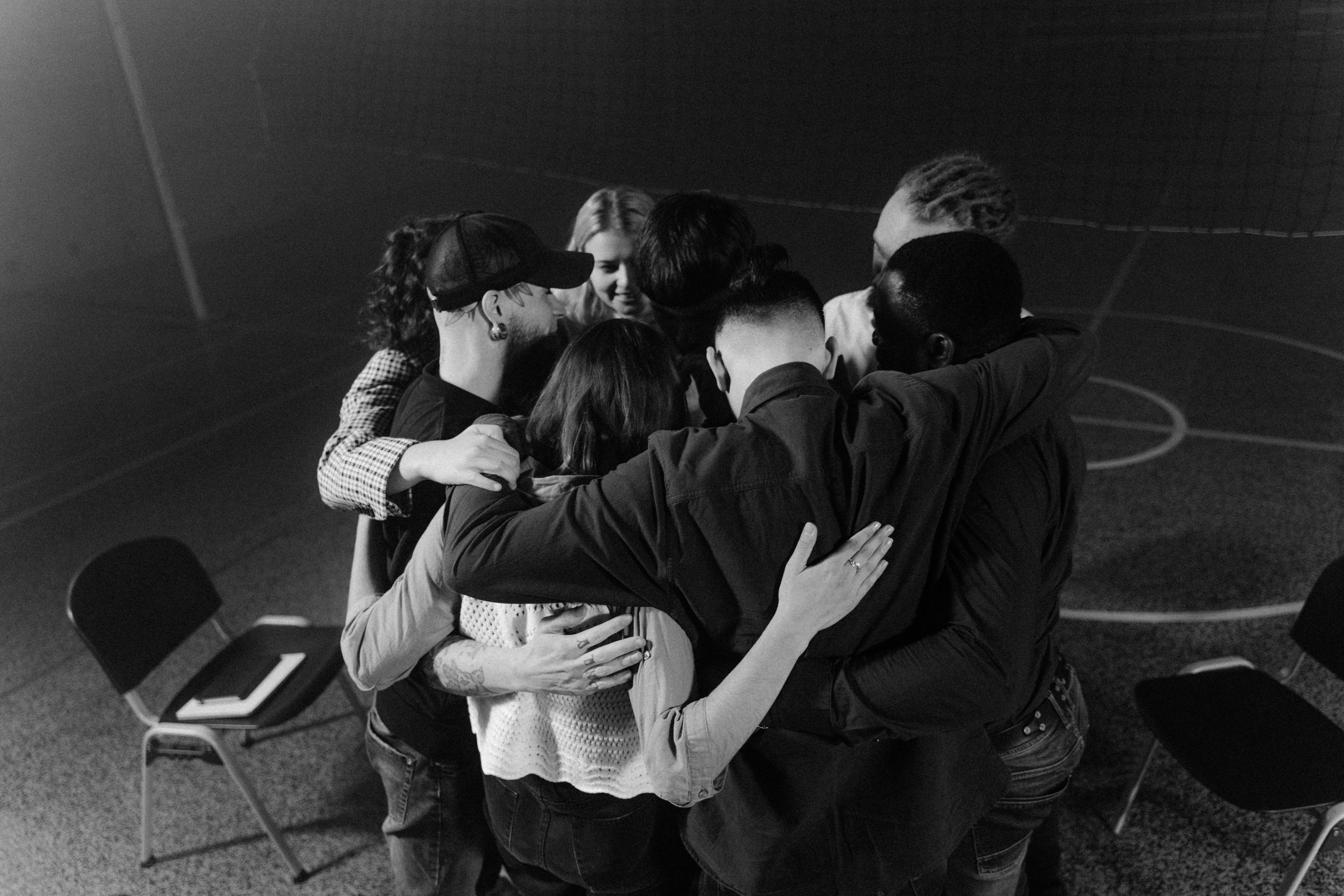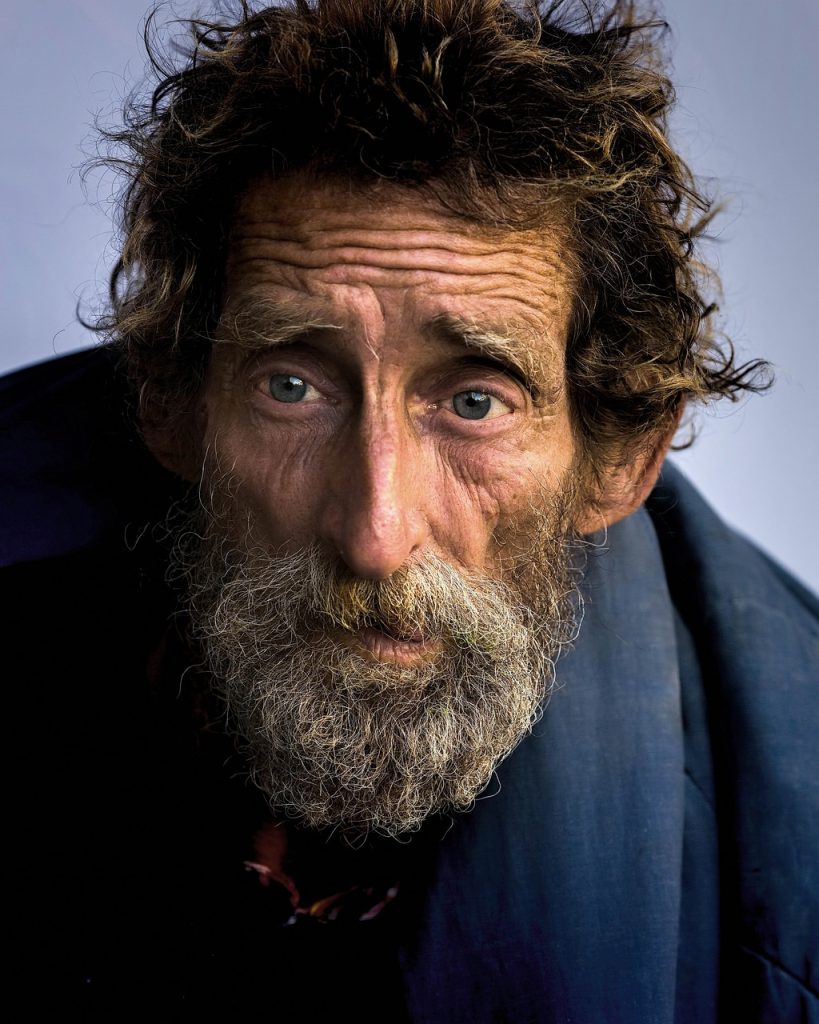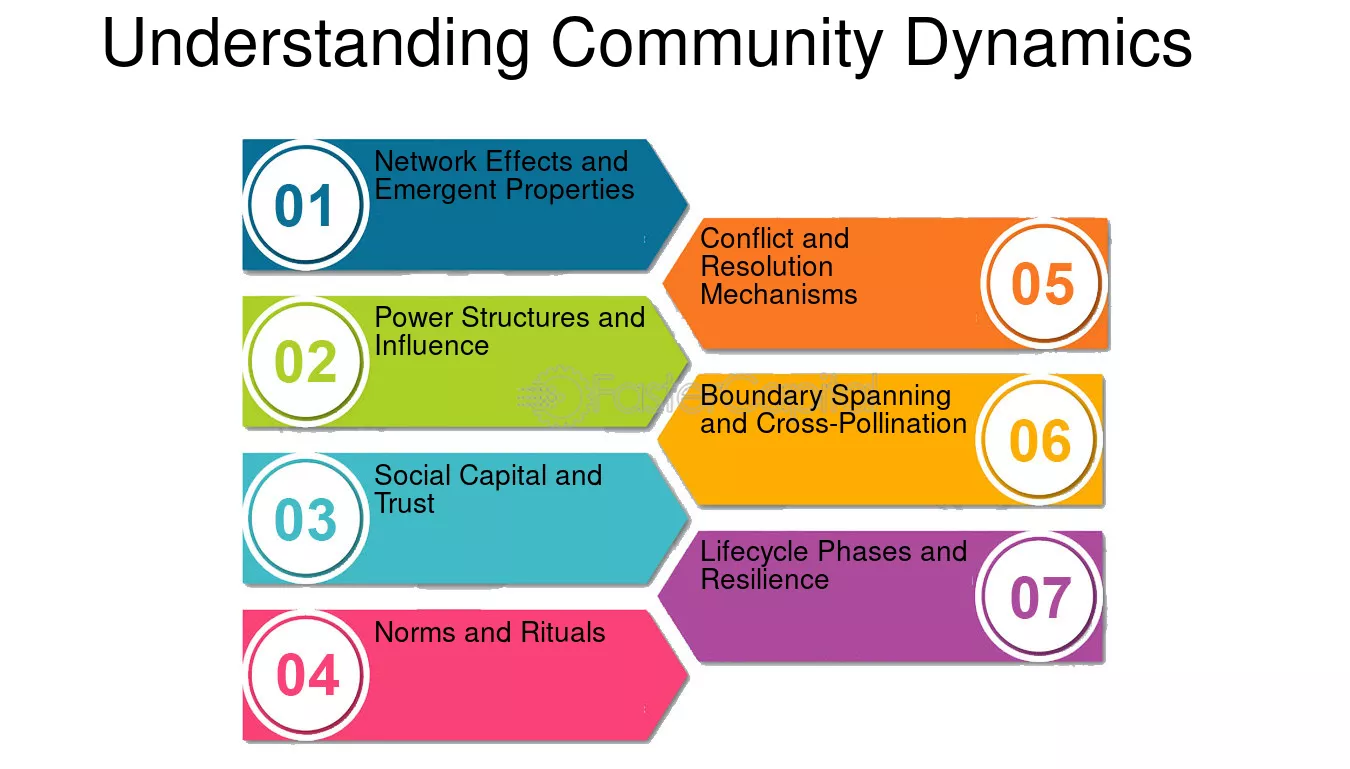This comprehensive guide explores the Kelly Foundation’s unique approach to addiction recovery, integrating the principles of the 12 Steps with a therapeutic community (TC) model. We’ll delve into the program’s structure, compare and contrast it with traditional Alcoholics Anonymous (AA) and other substance abuse treatments, and examine its relevance for individuals with co-occurring mental health conditions and those experiencing homelessness.

Part 1: Understanding the Kelly Foundation’s 12-Step Program
The Kelly Foundation’s program offers a structured pathway to recovery within a supportive community setting. It’s built on the foundation of the 12 Steps, a set of guiding principles for personal growth and sobriety, adapted for the unique context of a therapeutic community.
1. The Therapeutic Community (TC) Model:
A TC is more than just a treatment facility; it’s a living environment where individuals in recovery live, learn, and grow together. Key features of a TC include:
- Structured Daily Life: A predictable schedule provides stability and routine, crucial for individuals recovering from addiction.
- Group Therapy and Support: Regular group sessions facilitate sharing, processing emotions, and building supportive relationships.
- Individual Counseling: Personalized therapy addresses individual needs and challenges.
- Relapse Prevention: Strategies and skills are taught to help individuals navigate triggers and maintain sobriety.
- Community Living and Accountability: Residents are held accountable for their actions and contribute to the community’s well-being.

2. The 12 Steps in Action:
The 12 Steps provide a framework for personal transformation. The Kelly Foundation integrates these steps into the daily life of the TC:
- Step 1 (We admitted we were powerless over alcohol—that our lives had become unmanageable): In the TC, this translates to acknowledging the impact of addiction and the need for change.
- Step 2 (Came to believe that a Power greater than ourselves could restore us to sanity): The “Higher Power” can be interpreted broadly, encompassing spiritual beliefs, the support of the community, or a belief in the recovery process itself.
- Step 3 (Made a decision to turn our will and our lives over to the care of God as we understood Him): This involves surrendering to the recovery process and actively participating in the program.
- Steps 4-9 (Moral Inventory, Sharing with Another, Making Amends): These steps are facilitated through individual counseling and group discussions within the TC, providing a safe space for self-reflection and healing.
- Steps 10-12 (Continued Personal Inventory, Prayer/Meditation, Carrying the Message): These steps emphasize ongoing self-reflection, spiritual growth, and supporting others in their recovery journeys, which is fostered through continued participation in the TC community.

Part 2: Comparing and Contrasting with Other Approaches
1. The Kelly Foundation vs. Alcoholics Anonymous (AA):
While both draw upon the 12 Steps, key differences exist:
- Structure: AA is a self-help fellowship with meetings, while the Kelly Foundation offers a structured living environment with professional staff.
- Intensity: The TC provides a more intensive level of support and intervention than typical AA meetings.
- Therapeutic Focus: The Kelly Foundation integrates therapy and counseling, which may not be a standard component of AA.
2. The Kelly Foundation vs. Traditional Substance Abuse Treatment:
Traditional treatment often involves shorter-term interventions like outpatient therapy or medication-assisted treatment (MAT). The Kelly Foundation’s TC model offers a longer-term, more immersive approach focused on community living and peer support.

Part 3: Addressing Co-occurring Disorders and Homelessness
1. Mental Health and Addiction (Co-occurring Disorders):
The Kelly Foundation’s integrated approach can effectively address co-occurring mental health conditions like depression, anxiety, or PTSD alongside addiction. The supportive environment and access to counseling provide a holistic approach to healing.
2. The Impact on Homelessness:
For individuals experiencing homelessness, addiction can be a significant barrier to stability. The Kelly Foundation’s program provides a safe and supportive environment, addressing both addiction and the underlying factors contributing to homelessness. The structured environment, life skills training, and community support can help individuals rebuild their lives.

Part 4: The Willow Cherry Foundation and Willowcherry.com
The Willow Cherry Foundation supports the Kelly Foundation’s work and provides resources and information through Willowcherry.com and its community outreach platform, Willowcherry.org. The foundation aims to raise awareness about addiction, mental health, and homelessness while promoting the effectiveness of the therapeutic community model.
